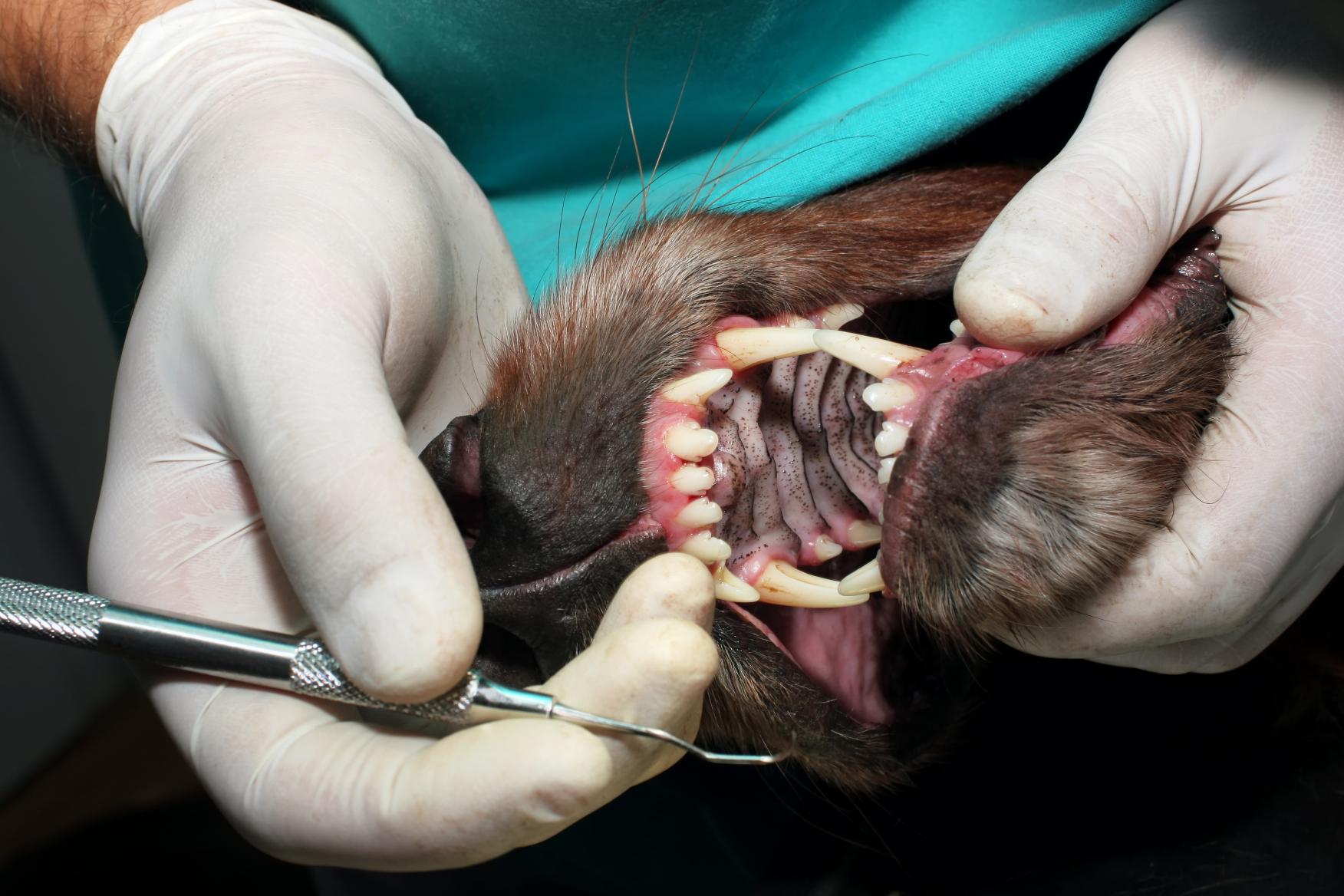Blog
Signs Your Pet Needs a Tooth Extraction

Maintaining good oral hygiene is just as essential for pets as it is for humans. However, despite regular dental care, there are instances where a pet may require a tooth extraction due to underlying issues.
What Is A Pet Tooth Extraction?
A pet tooth extraction is a surgical procedure that removes a damage or infected tooth. It’s performed under general anesthesia by a veterinarian.
Signs That Your Pet Needs A Tooth Pulled
Your pet might need a tooth extraction if they have a broken, decayed or loose tooth. Other signs include:
Bad Breath
Persistent bad breath is a common sign of dental issues.
Difficulty Eating
Avoiding dry food or chews or having trouble chewing.
Excessive Drooling
Some drooling is normal, but a sudden increase may signal oral pain.
Discolored Teeth
Yellow or brown teeth can indicate plaque and tartar buildup.
Swollen or Bleeding Gums
Red, swollen, or bleeding gums can be a sign of dental disease.
Visible Tartar Buildup
Tartar buildup can be seen on your pet’s teeth.
Behavioral Changes
Your pet might become irritable, withdrawn, or reluctant to be touched around the mouth or face.
Tooth Extraction Procedure
Your vet will order blood work and urine tests to check their overall health prior to surgery.
General Anesthesia
Before the procedure begins, your pet will put under general anesthesia to ensure they are comfortable and safe.
X-ray or CT Scan
Your vet may take an X-ray or CT scan to check the health of the tooth’s roots.
Separate the Tooth
Your vet uses dental instruments to separate the tooth from the surrounding tissues.
Remove the Tooth
Your vet uses dental forceps and elevators to break down the ligament that attaches the tooth to the jaw bone.
Remove Any Toots
If the tooth has multiple roots, the vet may use a high-speed drill to split the tooth into fragments with one root each.
Clean the Area
Your vet will clean the area around the tooth.
Suture the Gums
You vet will suture the gums to promote healing.
Teeth Polishing
Your vet will clean and polish the remaining teeth before waking the pet up.
Recovery
After surgery, your pet may be groggy or lethargic for a day. Avoid playing tugging games with your pet until their mouth has healed. You may notice traces of blood in your pet’s saliva. There should not be any significant bleeding.
Make sure you have wet food. Wet food is easier to chew. Do not let your dog chew on hard toys or bones to prevent trauma to the healing area.
Pain Management
Pain medication prescribed by the veterinarian can help manage your pet’s pain. If there’s an infection, antibiotics such as clindamycin may be required. Your pet will need to 10-14 days to fully recover.
Prevention Is Key
To prevent your pet from needing a tooth extraction, the best approach is to practice good dental hygiene at home. Brushing their teeth regularly with pet toothpaste and pet tooth brush.
We recommend regular professional dental cleanings with your vet at least once a year. This allows for early detection and treatment of dental issues before they progress to the point of needing tooth extraction.
Your pet’s health is our number one priority. Our doctors and staff can assist you with any questions or concerns at (210) 696-1700.
